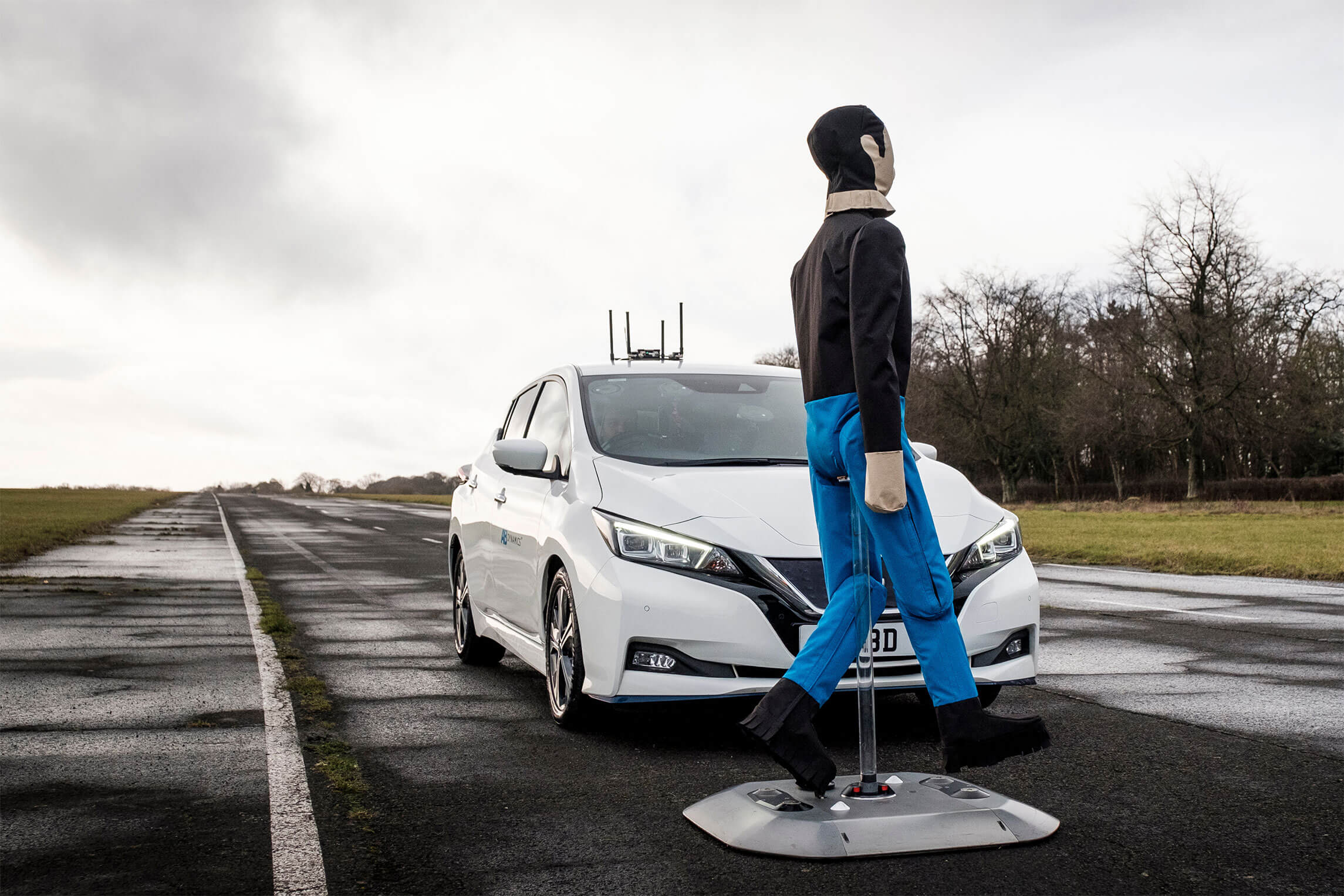Blog
The latest technical thinking on industry trends and challenges from our industry experts.
The latest technical thinking on industry trends and challenges from our industry experts.
"*" indicates required fields

You need to load content from reCAPTCHA to submit the form. Please note that doing so will share data with third-party providers.
More Information